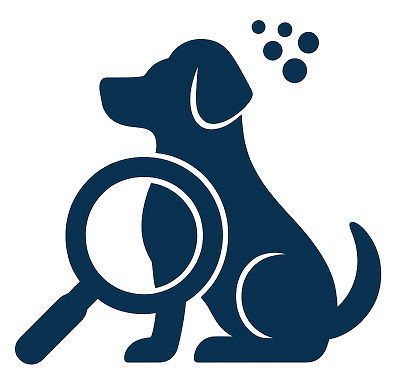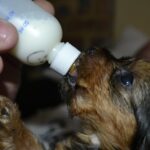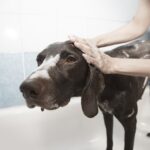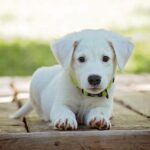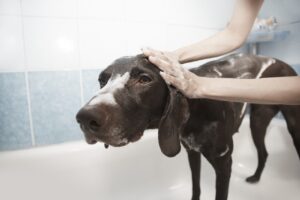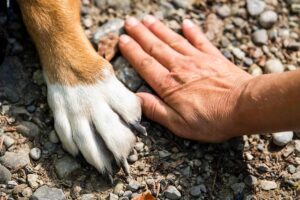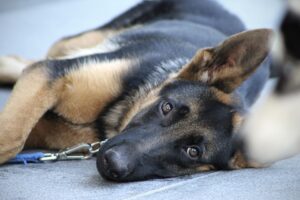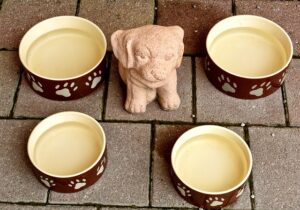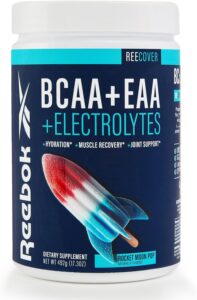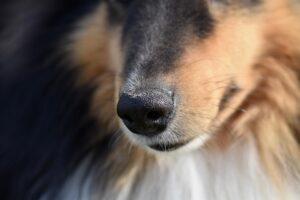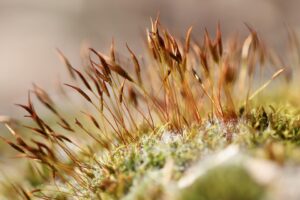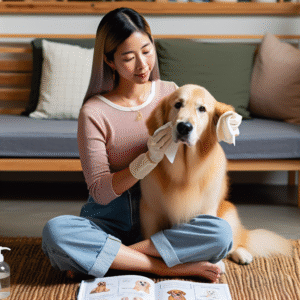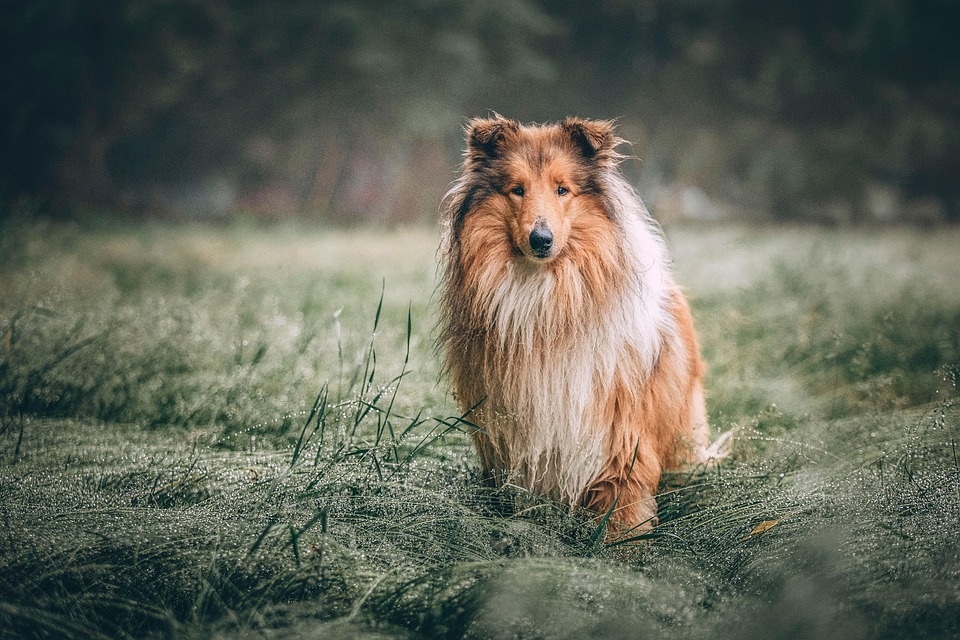
Long-haired dogs are undeniably beautiful, boasting luxurious coats that can leave anyone in awe. However, maintaining that beauty requires diligence, knowledge, and effort. Grooming isn’t just about aesthetics; it’s crucial for the dog’s health and comfort. This article will explore essential grooming tips for long-haired dogs, ensuring that your furry friend remains healthy, happy, and looking their best.
Understanding Long-Haired Breeds
Long-haired breeds such as Afghan Hounds, Shih Tzus, and Collies are known for their thick, flowing coats. While these coats are stunning, they can also be prone to tangling and matting. Understanding the specific needs of your dog’s breed is essential for effective grooming. Each breed may have unique requirements in terms of frequency, tools, and techniques, so always consider these factors when planning a grooming routine.
The Importance of Regular Grooming
Regular grooming is vital for maintaining a long-haired dog’s coat. Without consistent care, their fur can become tangled, leading to discomfort and potential skin issues. Regular grooming not only keeps the coat clean and free of mats but also helps distribute natural oils, promoting a healthy and shiny coat. Additionally, grooming is an excellent opportunity to check for any signs of health issues such as parasites, skin irritations, or unusual lumps.
Essential Grooming Tools
A well-stocked grooming kit is crucial for maintaining a long-haired dog’s coat. Here are some essential tools you’ll need:
Slicker Brush
A slicker brush is ideal for removing loose fur and untangling minor mats. Its fine, short wires can penetrate deep into the coat, making it a must-have for long-haired breeds.
Comb
A wide-tooth comb is perfect for detangling and removing any remaining knots after brushing. It’s also great for checking for fleas or other parasites.
Dematting Tool
For stubborn mats that a brush can’t handle, a dematting tool is essential. It helps cut through mats without damaging the coat.
Scissors
A pair of grooming scissors is necessary for trimming around sensitive areas like the face, paws, and tail.
Shampoo and Conditioner
Choose a gentle, dog-specific shampoo and conditioner to keep your dog’s coat clean and moisturized. Avoid human products, as they can irritate a dog’s skin.
Brushing Techniques
Proper brushing is crucial for maintaining a long-haired coat. Here are some techniques to consider:
Start with the Right Tools
Begin with a slicker brush to remove loose hair and minor tangles. Always brush in the direction of hair growth to avoid damaging the coat.
Focus on Problem Areas
Pay special attention to areas prone to matting, such as behind the ears, under the legs, and around the collar. Use a comb or dematting tool for stubborn tangles.
Be Gentle and Patient
Brushing should be a pleasant experience for your dog. Be gentle and take breaks if your dog shows signs of discomfort. Positive reinforcement, such as treats or praise, can help create a more enjoyable grooming session.
Bathing Your Long-Haired Dog
Bathing is an integral part of grooming, but it should be done with care to avoid stripping natural oils from the coat.
Frequency
Long-haired dogs typically need baths every 4-6 weeks. Overbathing can lead to dry skin, while underbathing can result in a dirty, matted coat.
Preparation
Before bathing, brush your dog’s coat to remove loose hair and tangles. This will make the bathing process more efficient and prevent further matting.
Bathing Process
Use lukewarm water and a dog-specific shampoo. Thoroughly wet the coat, apply shampoo, and lather gently. Rinse well to remove all shampoo residue, and follow with a conditioner to keep the coat soft and tangle-free.
Drying
After bathing, towel-dry your dog as much as possible. Use a blow dryer on a low, cool setting to completely dry the coat. Brushing while drying can help prevent tangles and mats from forming.
Trimming and Shaping the Coat
While regular brushing and bathing are vital, trimming is also necessary to maintain a neat appearance and prevent overgrowth.
Trimming Frequency
Trimming requirements vary by breed and individual dog. Generally, long-haired dogs need trimming every 6-8 weeks to maintain their shape and prevent the coat from becoming too heavy.
Areas to Trim
Focus on trimming the hair around the paws, ears, and tail. These areas can become easily matted and may cause discomfort if not properly maintained.
Professional Grooming
If you’re unsure about trimming your dog’s coat, consider visiting a professional groomer. They can provide expert care and advice tailored to your dog’s specific needs.
Dealing with Mats and Tangles
Mats and tangles are common issues for long-haired dogs, but they can be managed with the right approach.
Prevention
Regular brushing is the best way to prevent mats and tangles. Consistent grooming ensures that loose hair and dirt don’t accumulate and cause knots.
Removal
For existing mats, use a dematting tool or comb. Start at the ends of the hair and work your way towards the skin, gently teasing out the mat. For severe mats, consider consulting a professional groomer.
Conclusion
Grooming a long-haired dog requires dedication and patience, but the results are well worth the effort. By understanding your dog’s specific needs, using the right tools, and following a consistent grooming routine, you can ensure that your furry friend remains happy, healthy, and beautiful. Regular grooming not only enhances their appearance but also strengthens the bond between you and your pet, making it a rewarding experience for both of you.
#ChatGPT assisted in the creation of this article.
